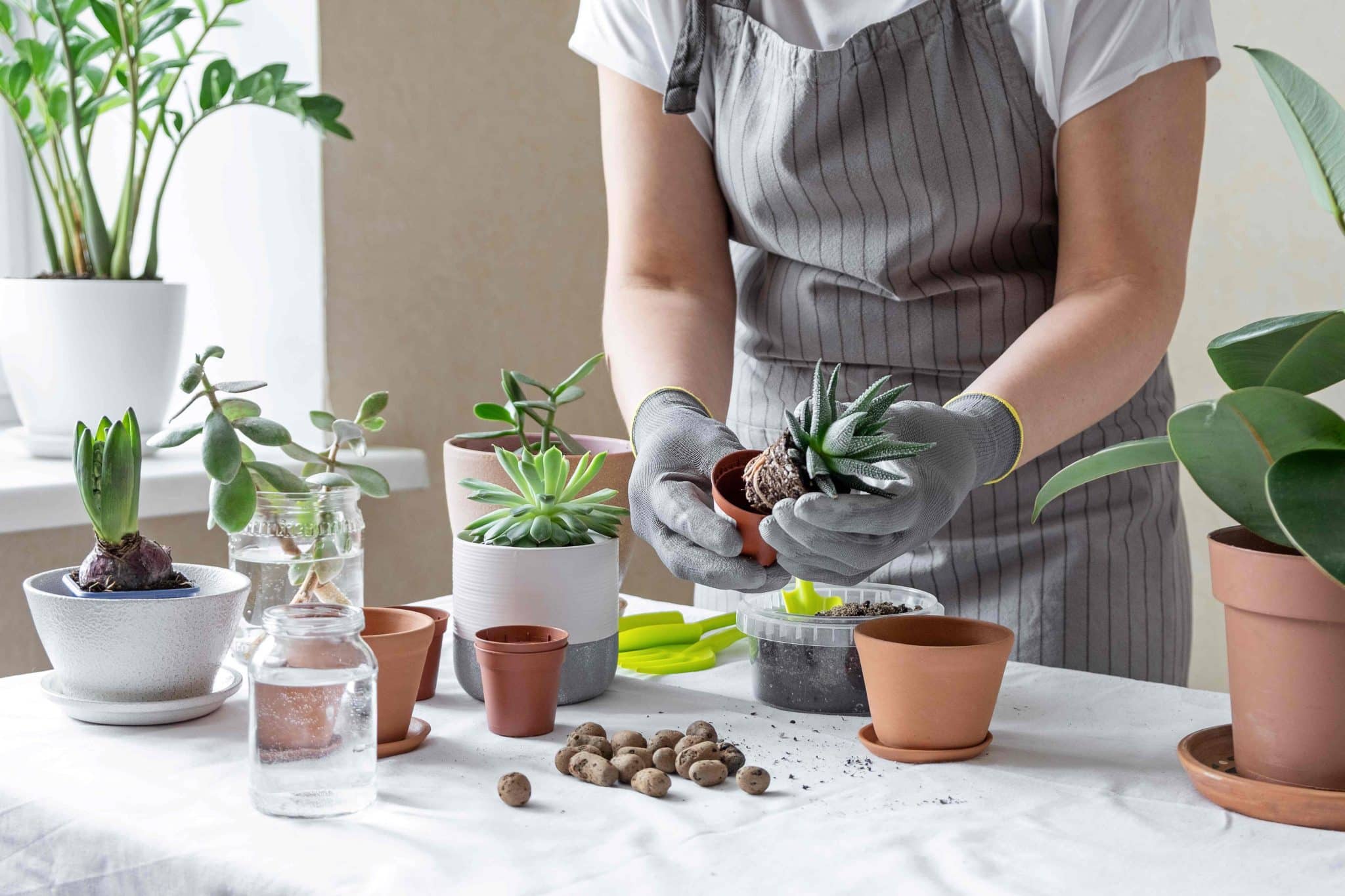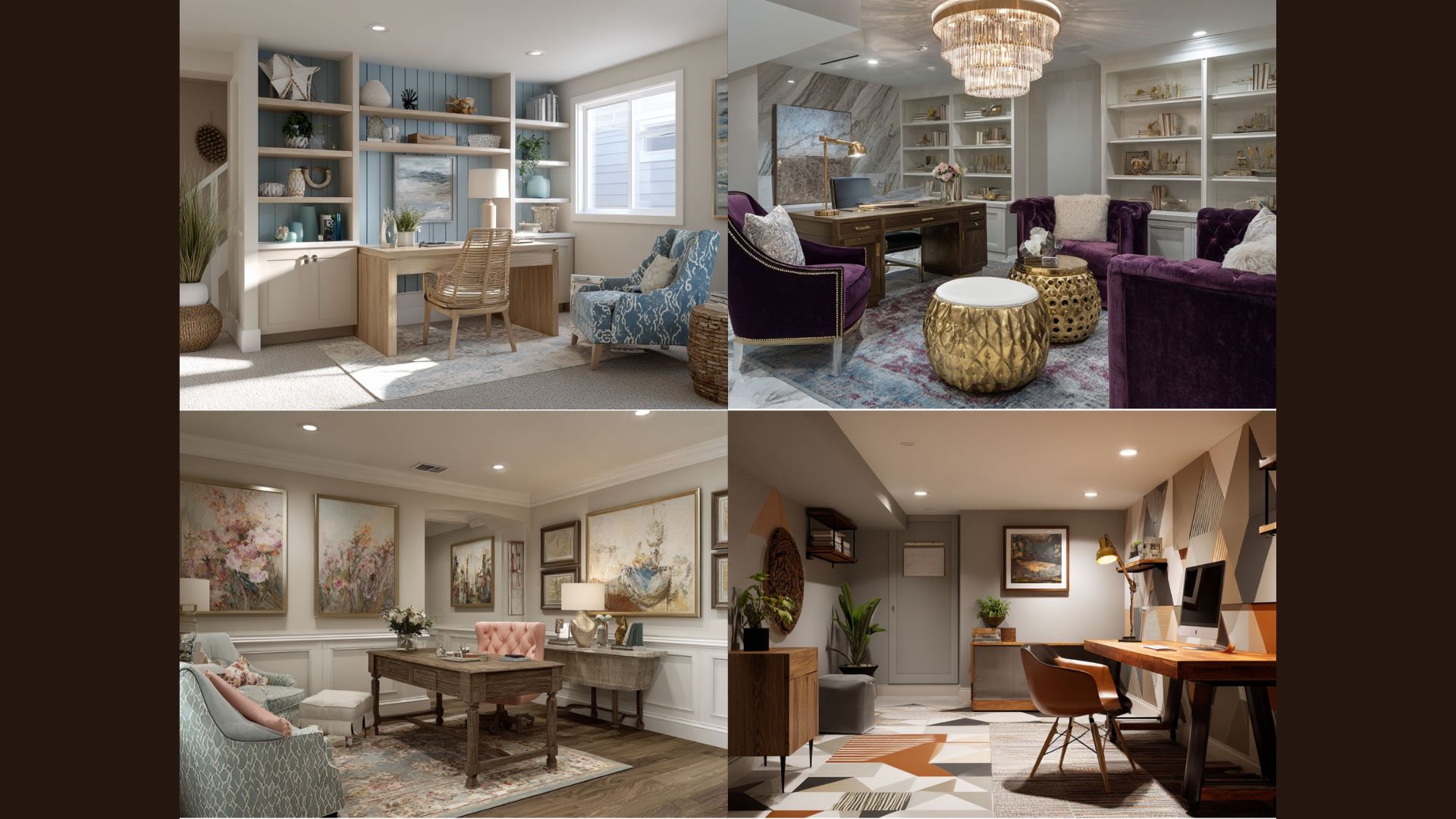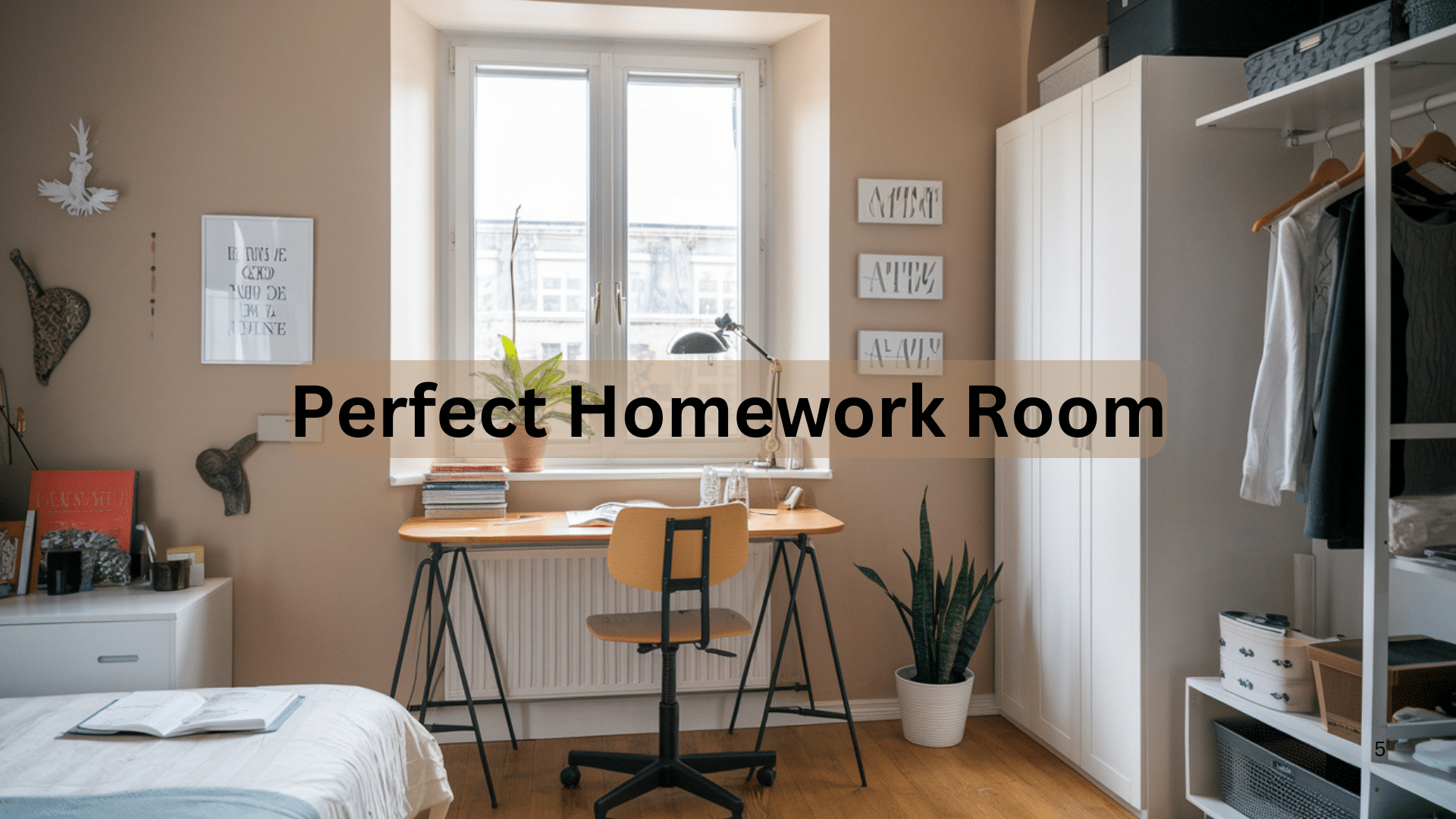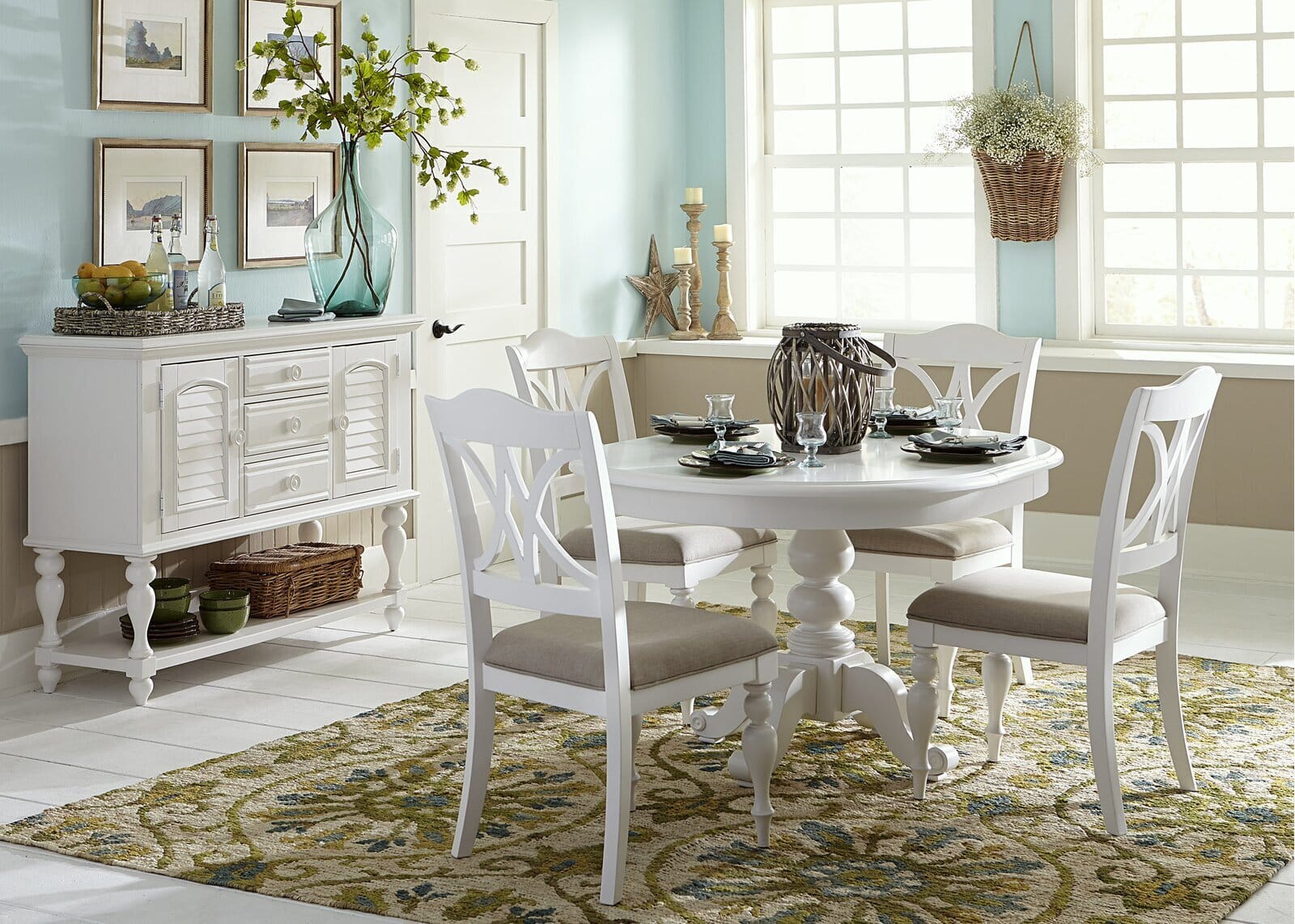How To Build An Indoor Garden Room: 5 Essentials
Building an indoor garden room has become a popular way to bring the beauty of nature indoors, creating a serene space that promotes relaxation, wellness, and creativity.
Whether it’s for growing plants, reading, or simply enjoying the calming presence of greenery, an indoor garden room can be designed to fit any lifestyle or space. By using the right materials, layout, and greenery, anyone can create a sanctuary inside their home.
Below are the essential steps and elements to consider when building the perfect indoor garden room:
1. Location and Space Considerations
Before starting an indoor garden room project, it’s crucial to determine the most appropriate space within the home. The size and location will influence the design, lighting, and plants that can thrive in the environment. Ideally, a garden room should be situated near a window or in a space with plenty of natural light, as most plants need sunlight to grow.
For those working with limited space, vertical gardening and compact plant arrangements are excellent options. Consider areas such as spare rooms, basements, or even enclosed patios. Modular designs or purpose-built pods, like those found in garden rooms by urbanpods, are another alternative for those looking to maximize both style and efficiency within their home.
2. Lighting
Lighting is one of the most critical elements when creating an indoor garden room. Plants need ample light to grow, and while natural sunlight is ideal, artificial lighting can supplement or replace it in darker spaces. It’s essential to choose plants that match the light conditions of the room.
If the garden room is located near a window or glass wall, take advantage of the natural light. Position plants that require more sunlight such as succulents and herbs closer to the windows. Ensure the window treatments, such as blinds or curtains, can be adjusted to control the amount of sunlight entering the room. Too much direct sunlight can damage some plants, so finding a balance is crucial.
In spaces with limited sunlight, artificial grow lights can be used to ensure plants receive the necessary light spectrum for photosynthesis. LED grow lights are a popular choice because they are energy-efficient and can be adjusted to suit the needs of different plants. Keep in mind that plants have varying light requirements, so some may need more light exposure than others.
3. Choosing the Right Plants
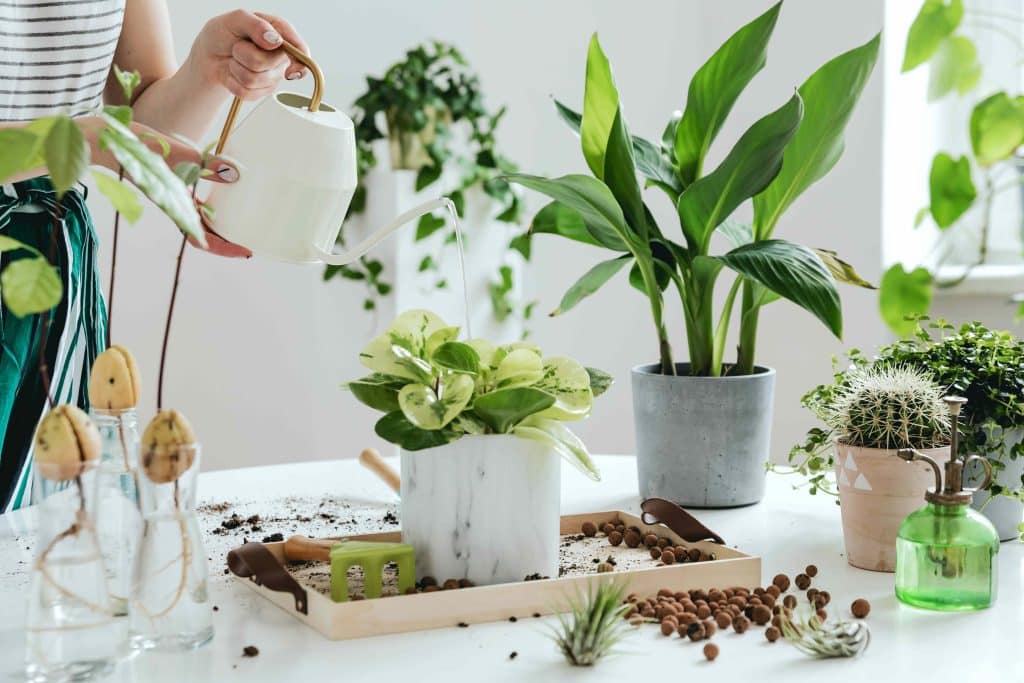
Selecting the appropriate plants for the indoor garden room is essential for creating a space that is both beautiful and functional. Some plants are better suited for indoor environments than others, especially those that can thrive in varying light and humidity conditions.
For those new to indoor gardening or those with busy lifestyles, low-maintenance plants are an excellent choice. These include:
- Spider plants: Hardy and adaptable, spider plants can thrive in low light and don’t require much water.
- Snake plants: Known for their resilience, snake plants tolerate low light and dry conditions.
- Peace lilies: With their attractive white blooms and ability to purify air, peace lilies are a popular choice for indoor spaces.
Incorporating herbs like basil, mint, and rosemary adds both beauty and functionality to an indoor garden room. These plants can be grown in containers or on a windowsill, providing fresh ingredients for cooking. Edible plants like cherry tomatoes or strawberries can also be grown indoors with the right conditions, offering a fun and sustainable way to enjoy homegrown produce.
4. Temperature and Humidity Control
Maintaining the right temperature and humidity levels is crucial for the health of indoor plants. Most plants prefer temperatures between 65°F and 75°F, which is generally consistent with indoor living conditions. However, it’s essential to monitor temperature fluctuations, particularly if the room is near windows or drafty areas.
Humidity is another factor to consider, especially for tropical plants that thrive in moisture-rich environments. A simple humidifier can help maintain optimal humidity levels, while misting plants occasionally can also benefit their health. On the flip side, good ventilation is essential to prevent mold and mildew growth, especially in more enclosed spaces.
5. Furniture and Design Elements
An indoor garden room isn’t just about plants; it’s about creating a space where nature and comfort coexist. Choosing the right furniture and design elements can enhance the functionality and aesthetic appeal of the room.
Select comfortable seating that complements the room’s purpose. For example, have a cozy chair for reading or a small table and chairs for enjoying tea amidst the greenery. Furniture made from natural materials like wood or rattan can blend seamlessly with the organic feel of the room, further enhancing the connection to nature.
Conclusion
Building an indoor garden room is a rewarding project that allows for a personal connection with nature while enjoying the comfort of an indoor environment. The beauty of an indoor garden room lies not only in its aesthetics but also in its ability to promote well-being and relaxation year-round.

